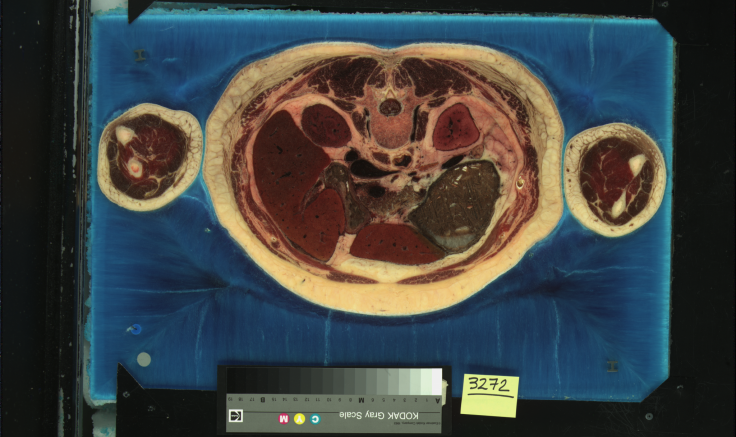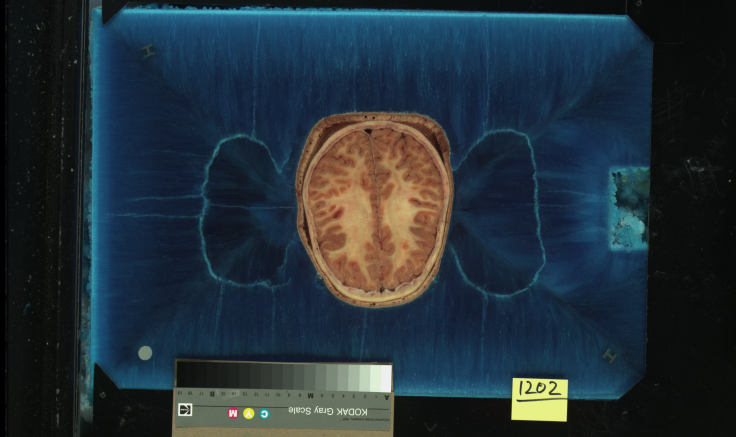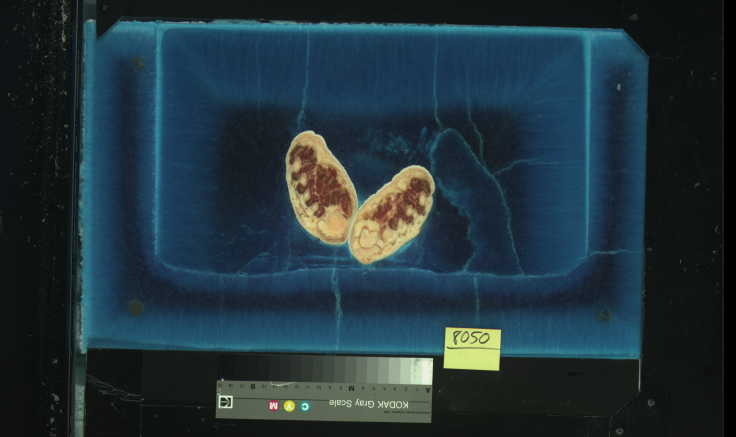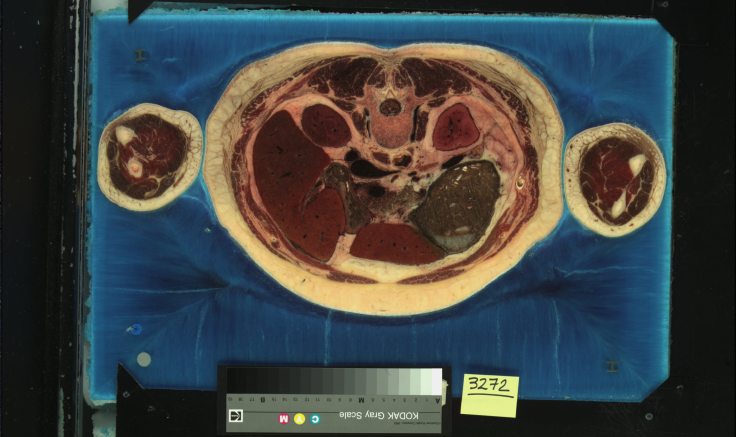'Visible Human Project': Scientists Cut 5,000 Slices Of Obese Woman Cadaver To Create Virtual Human

An obese woman who died of a heart attack two decades ago has come back to life in the most unexpected way — a “human phantom.” The cadaver of the 59-year-old woman from Maryland was donated by her husband to the Visible Human Project, set up by the US National Library of Medicine in Bethesda. Now, as 5,000 cut up slices of cadaver in digital form, she has become the source for scientists to conduct experiments deemed too dangerous to perform on living humans, according to the project presented at the Institute of Electrical and Electronics Engineer's Engineering in Medicine and Biology Society meeting in Milan, Italy.

Professor Sergey Makarov, leader of the project and a computer engineer at the Worcester Polytechnic Institute in Massachusetts and his colleagues, used software to help them compile thousands of images together with the final model being reviewed by five doctors, each with a different specialization in medicine. “It needs to be anatomically correct,” said Makarov, in the meeting, New Scientist reports.
This human phantom is the most detailed digital image of the whole human body to be put together. However there are 14 small body parts missing from her body, including her nose cartilage. The high resolution images of the scans, which reveal layers of tissue and organs from the woman’s head to her toes, were put together with MRI and CT scans taken before her death. Her body was then encased in a combination of gelatin and water before the researchers sectioned the woman at just a third of a millimeter.

Makarov mentioned his team experimented on the virtual human by giving it a metal hip replacement or a metal femur. They did this to determine what would happen if they put it in an MRI scanner, which causes metal implants to heat up in the powerful magnetic field. Typically, metallic chips, materials, surgical clips and foreign material (artificial joints, metallic bone plates, and prosthetic devices) can alter the images from an MRI scan, according to Stanford University.
“Electrical properties of bone and muscle tissues surrounding the implant are significantly different,” Makarov said. The findings could be used to help doctors devise safer ways to scan patients with implants.

This female phantom also allows researchers to investigate diseases that more commonly affect women, such as breast cancer. Makarov hopes to improve breast cancer screenings so they can give more reliable mammogram results. Currently, mammography correctly identifies about 84 percent of women who truly have breast cancer. The rate is a higher in women over 50 than in younger women.
The researchers have previously built a male phantom to uncover health issues that are more targeted at men. The Visible Human Project used the body of 38-year-old Texas murderer Joseph Paul Jernigan, cutting it to slices one millimeter thick. Jernigan’s body was missing an appendix, a testicle and several teeth, causing the researchers to add these in using MRI and CT scans of living volunteers. To ensure everything matched, they replaced his penis and both testicles.
The Visible Human Project, launched in 1989, aims to build digitized versions of normal and healthy male and female adults.
'The phantom gives us a great opportunity to study human tissues without having to do human studies, which are lengthy and expensive,” said Makarov.
Source: Visible Human Project.
Published by Medicaldaily.com



























